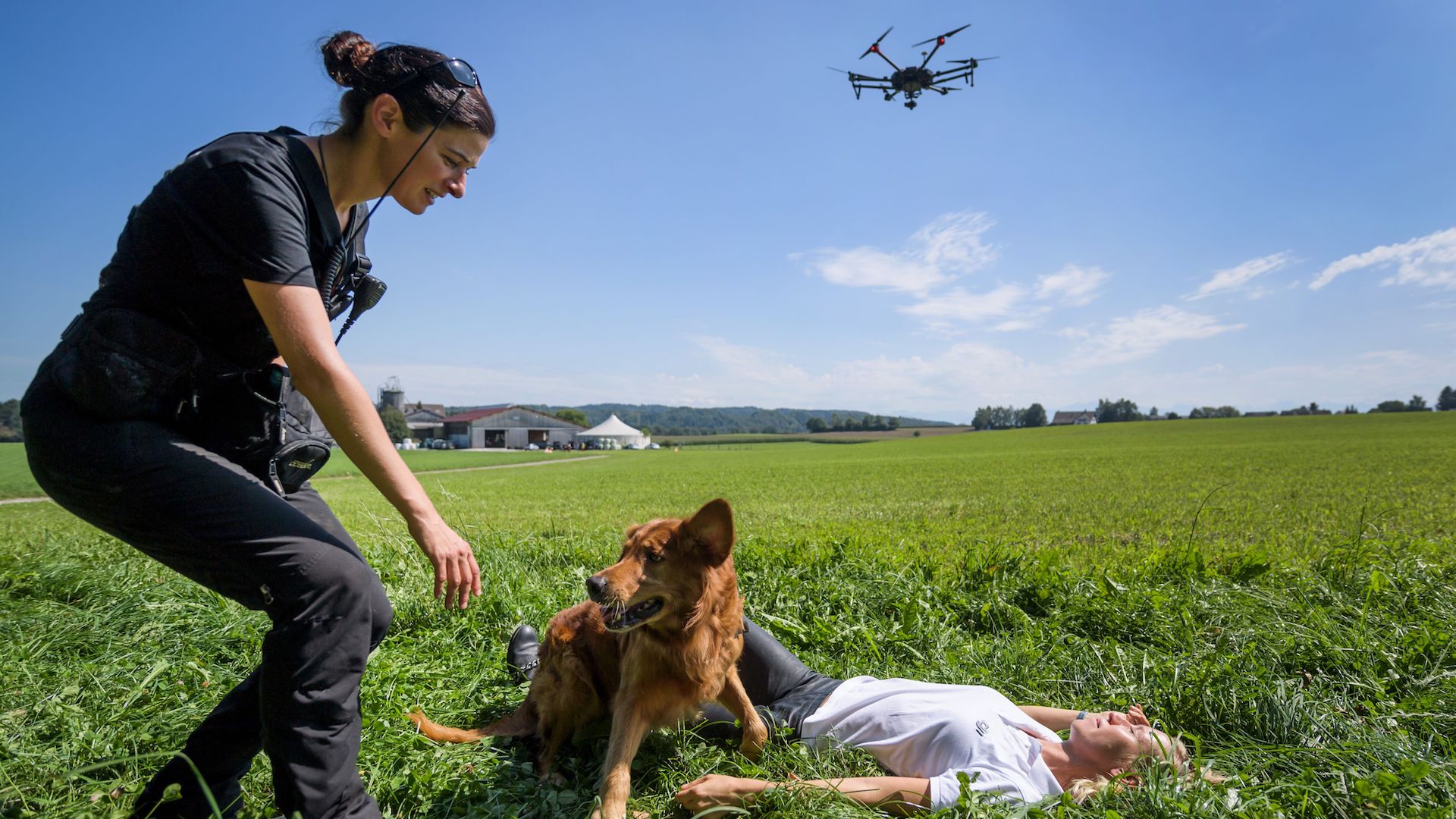

DroneSAR, an Irish start-up comprised of four tech, business, and search and rescue-savvy individuals in Donegal, Ireland, hope their software platform makes drone-based search and rescue missions a little more intuitive, cheaper, and slightly less complicated. According to local publication the Independent, the DroneSAR software was specifically developed to be compatible with the most popular, commercially available drone models, to reach as high an adoption rate as possible.
DroneSAR’s chief executive Oisin McGrath is a military helicopter instructor. The remaining founders Matthew Kelly, Leo Murray, and Gearoid O’ Briain bring their drone-savvy, network and satellite communications, and search and rescue expertise to the DroneSAR table. “This product could only be designed by a team with specific skill-sets, as it is designed for rescue teams, with huge input from the teams themselves,” said McGrath.
It was Matthew Kelly who, together with Leo Murray, rapidly assessed that using one drone to aerially locate a missing person was around three times faster than using a five-man ground team. “This was a eureka moment,” said McGrath, and one which led to the group teaming up with DJI retailers and Donegal Mountain Rescue to refine Kelly’s primitive software into an app that would eventually become DroneSAR as it operates today. While the app is already commercially available in Ireland, the journey wasn’t entirely uncomplicated. Fortunately, the extensive research and development period led to a lot of discoveries that the DroneSAR team saw as primary areas of focus.
“Within the 18 months of research that we did with input from rescue teams all over the world, what became clear was that they were able to use a drone but they didn’t have any automatic grid patterns, for example, and they weren’t able to share location with the SAR command and control people who were making decisions,” McGrath explained. “Decision-makers weren’t at the scene where it was operating and they weren’t able to see the live video. So basically it was just the drone pilots flying solo; there was no integration into their actual SAR system.” It was this purported lack of intercommunication that became the foundation for DroneSAR’s product, and one the team realized could be alleviated by the internet, and sophisticated programming that allowed the app to prioritize certain actions instead of others.
This quickly led to the DroneSAR team to implement a web element into its product, in order for users to remotely log-on and observe the drone’s camera feed or track its location, from all over the world. The software is additionally capable of performing specific aerial search patterns which are designed automatically by the program, based on altitude, field of view, battery life, and probability of detection variables.
For search and rescue organizations around the globe, who realistically can’t afford high-end drones and the requisite software necessary to effectively, semi-autonomously locate missing persons, DroneSAR’s features are pretty impressive for software targeting standard, popular drone models. Price, in the end, was a major development factor which, in many ways, helped shape the team’s product.
“At the moment, we’re getting 25 minutes on these smaller drones that we use but we are aiming squarely at the commercially available drones costing [1,000 euros ($1,171)] or [2,000 euros ($2,342)],” said McGrath. “Many teams don’t have the money to spend on a [40,000 euros ($46,841)] drone, or else their entire budget for the year would have gone.”
The DroneSAR team has already received 1,200 individual inquiries regarding availability of its app (which is coming soon, with monthly or annual price-rates available), as well as the attention of industry titans such as the European Space Agency, the European Satellite Navigation Competition, and the Copernicus Incubator Programme. On top of that, it isn’t just search and rescue organizations keen on implementing DroneSAR’s software into their business models, but security companies, pollution control groups, and humanitarian disaster relief organizations.
Ultimately, the inspiring tale of four Irishmen and their deep motivation to do some good with the skills they have, is just another story of what one can accomplish in this nascent, fertile drone industry of ours. With a little programming skill, the right decision-making in terms of hardware, and a focus on what urged them to start this project in the first place, DroneSAR already seems to be growing into functional, helpful, independent business of its own.